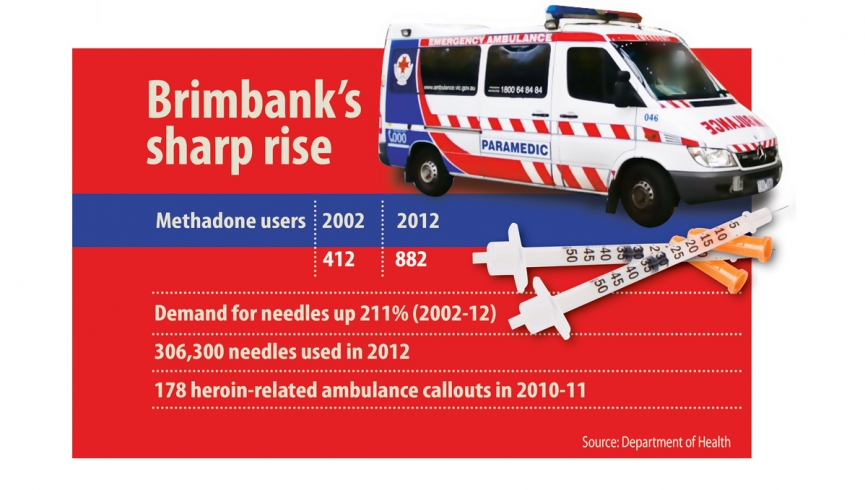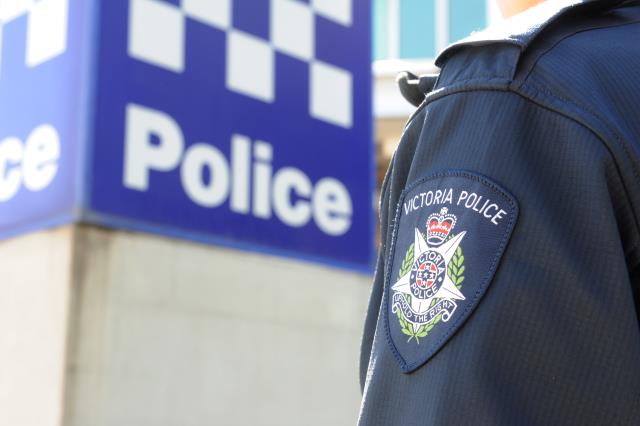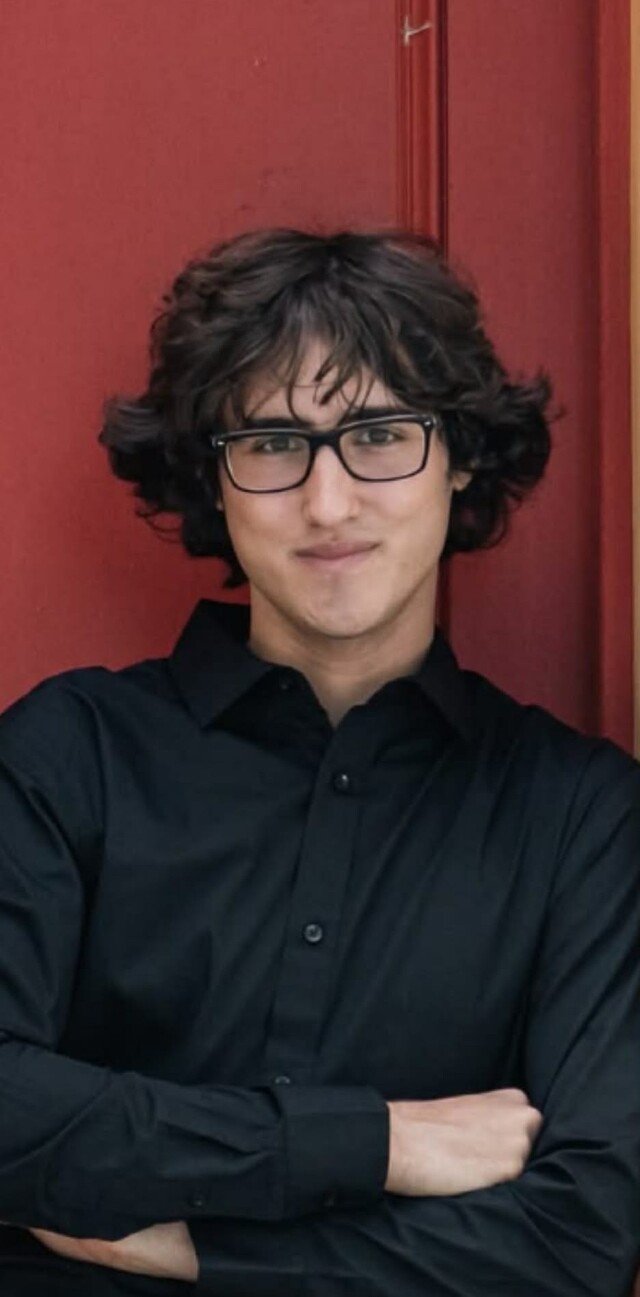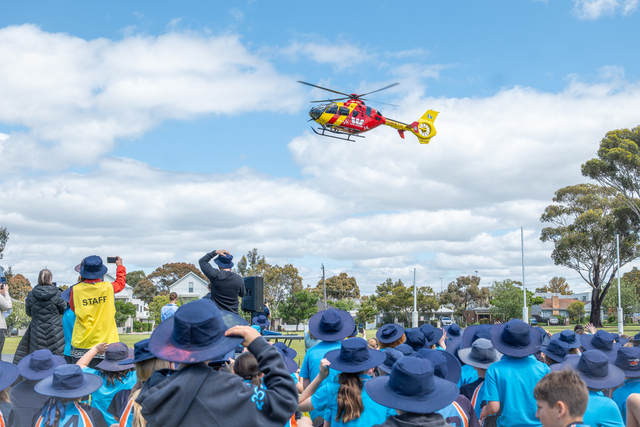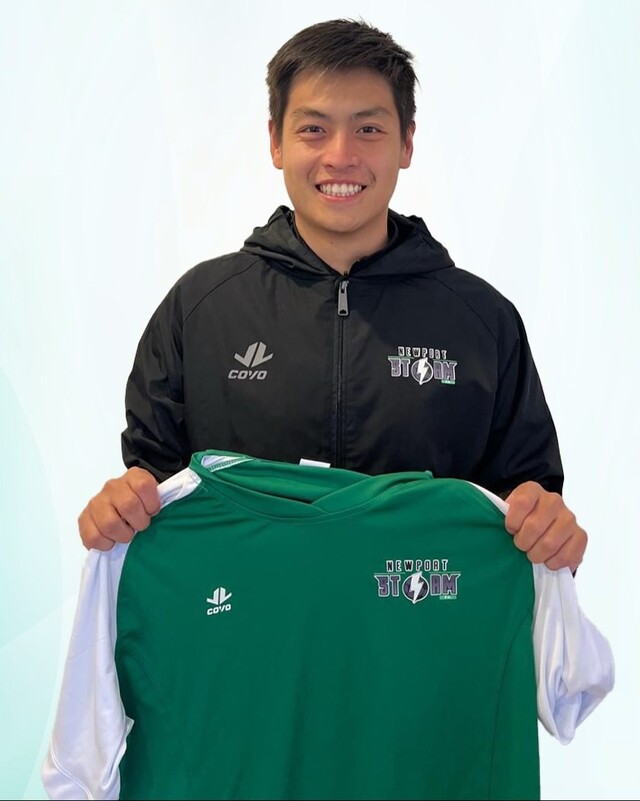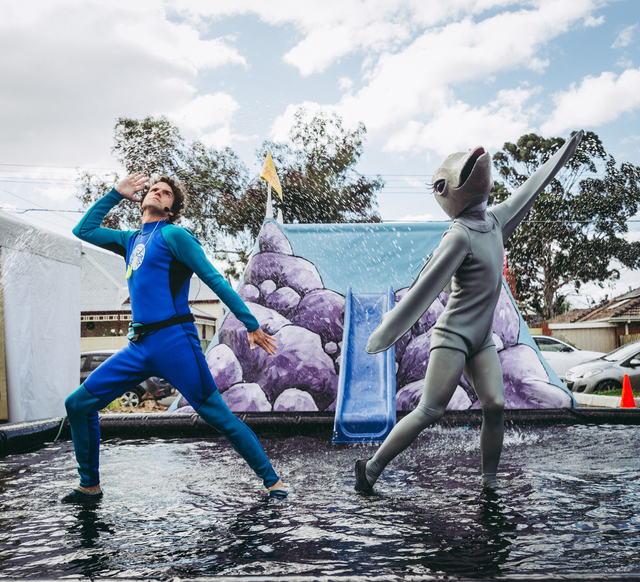A SHORTAGE of clean syringe programs in Melbourne’s outer west is putting the community at risk, warns a new HealthWest partnership report.
The report, No Longer Just An Inner-city Issue, released yesterday, showed demand for injecting equipment in the west had increased faster than anywhere else in the city, with Health Department figures showing syringe distribution had more than doubled over a decade – far exceeding population growth.
The report calls for a supervised injecting room in the western region, which has the biggest demand for needles and syringes in Melbourne following a 115 per cent growth over 10 years.
Demand for syringes from drug users grew by 89 per cent in Maribyrnong from 2002 to last year and by 21 per cent in Hobsons Bay.
Last year, 815,500 needles were used in Maribyrnong and 16,650 in Hobsons Bay – almost 2300 per day.
HealthWest project manager James Dunne said the high figures of syringe use could be proof that harm- reduction measures were working.
“You can take the positive view that people are injecting in a safe way and communities are safer,” Mr Dunne said.
“People will access drugs whether you supply equipment or not.”
The report states that 33 per cent of drug users surveyed had shared injecting equipment, while 55 per cent reused their own needles.
While diagnoses of hepatitis were decreasing, Melbourne’s north-west had the highest number of new
cases in Victoria with 78 per cent of people getting hepatitis C from injecting and 34 per cent contracting hepatitis B through drug use. About 7 per cent of users obtained needles from pharmacies, but no chemists distribute or sell them in Maribyrnong’s River ward or Hobsons Bay’s Strand ward.
While some chemists supply syringes free of charge, the average cost of $2-$5 could be prohibitive for some users, the report found.
It found that accessing needles in Footscray was easy, but outside the suburb drug users reported the cost of catching public transport to a needle exchange was the main barrier to accessing clean needles.
It reveals a “significant need for additional prescribers” of opioid replacement therapies (ORT) such as methadone, with demand doubling in Maribyrnong in the past decade.
There are 1971 people on the ORT programs in the west, which has experienced the biggest increase in demand in Melbourne.
In 2012, ORT clients increased by 138 per cent to 454 in Maribyrnong and 39 per cent to 173 in Hobsons Bay.
The report states that for every $1 invested in providing injecting equipment, $27 is returned in health care savings.

